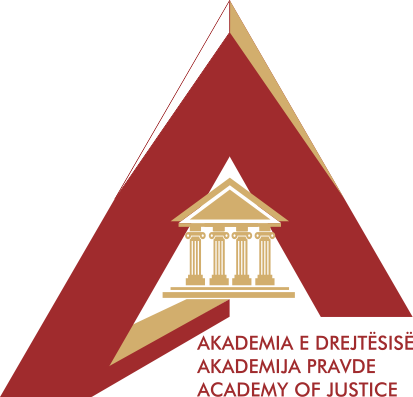
 ACADEMYOF JUSTICE
ACADEMYOF JUSTICE
- HOME
- ABOUT US
- STRUCTURE
- TRAINING PROGRAMS
- PUBLICATIONS
- NEWS AND ACTIVITIES
- VACANCIES AND NOTICES
- GALLERY
- KJI
On 13 March 2018, the Academy of Justice within the Continuous Training Program conducted training on: “Parties in the procedure, litigants and intermediaries”.
The purpose of this training was to deepen the knowledge of civil judges about the parties, litigants and intermediaries.
In the first part of this training were treated issues related to the capacity of the parties in the procedure, litigants and their types. Whereas the training focused more on the notion of the litigant, types, intermediaries, effects of the litigants decisions in the contested procedure, procedural position, their actions and consequences caused by these actions.
In the second part were treated, the effects of the procedural actions of the co-litigants and the participation of the third persons in the civil dispute. In this context, the role of the intermediaries was resolved; the ways of intervention and the types of interferers and the effect of the judgment on co-litigants and the interferers, as well as the conditions that the LCP provides for allowing interference.
It was reiterated that the issue of co-litigants and third parties in the proceedings in the case law represents a rather complex procedural phenomenon which creates dilemmas for judges who develop contested procedures that were raised in this training but were avoided through trainers' explanations and interactive conversation with the participants.
This training provides answers to the questions related to co-litigation, its types, the effects it creates in the contested procedure, the manner of deciding on each form of joint litigation and the participation of third persons in the contested procedure. Also were addressed the types of interferers, the conditions that the LCP envisages for allowing interference and the difference between the intermediaries.
Methods of theoretical and practical explanation were followed with examples of judicial practice, and the raised dilemmas were dealt with in depth through trainers' explanations.
Beneficiaries of this training were judges of basic instance, civil divisions of general department, and professional associates.
13-03-2018